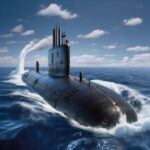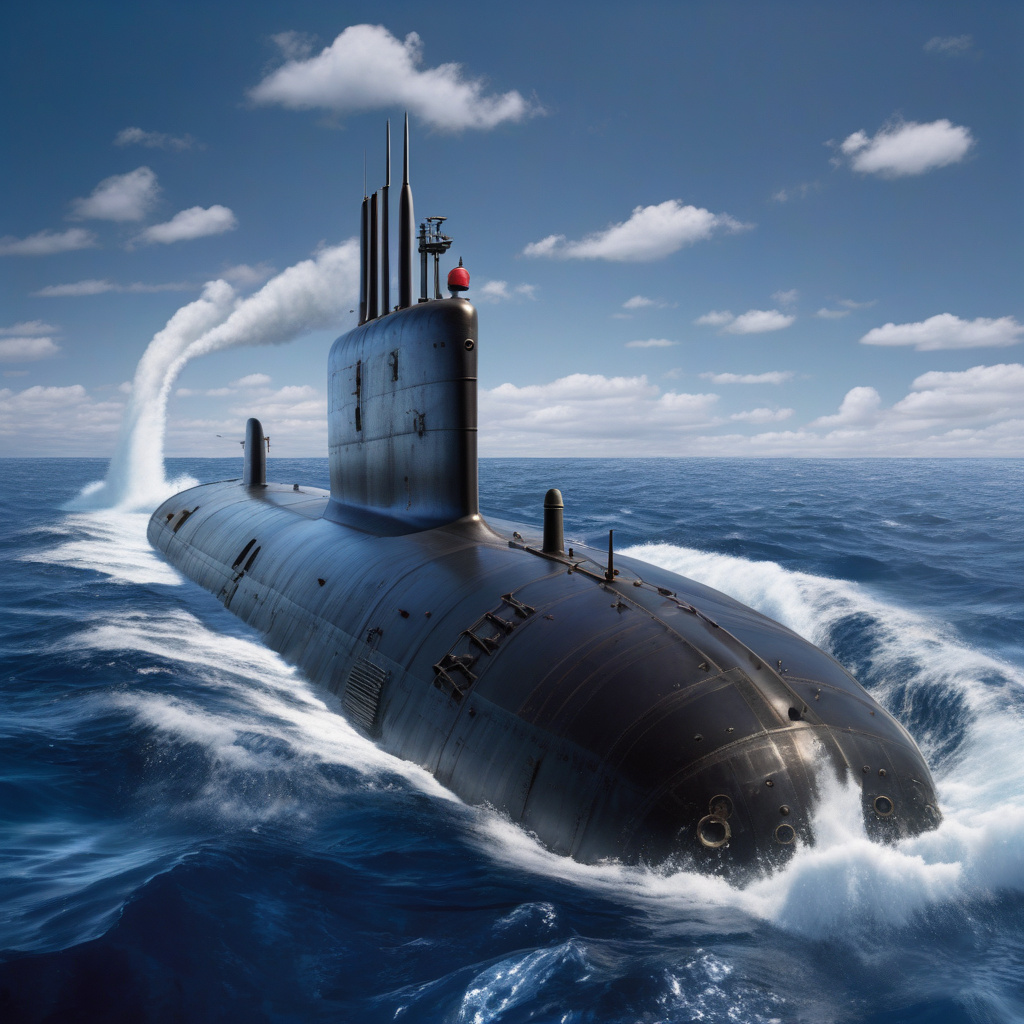A new nuclear submarine just made its first dive after being commissioned for the Royal Navy, marking a significant milestone in naval technology. The 8,100-ton attack vessel, known for its robust design and advanced capabilities, successfully demonstrated its water-tight integrity during the plunge into the depths of the ocean.
The submarine’s maiden dive showcased the culmination of years of meticulous planning, cutting-edge engineering, and rigorous testing. This achievement underscores the importance of ensuring the safety and reliability of naval vessels, especially those tasked with critical defense missions.
Designed to navigate the challenging underwater environment with precision and stealth, the nuclear submarine represents a formidable asset for the Royal Navy. Its advanced propulsion system, state-of-the-art weaponry, and sophisticated communication systems enable it to operate effectively in diverse maritime conditions.
The successful dive not only validates the submarine’s structural integrity but also highlights the dedication and expertise of the personnel involved in its construction and operation. From engineers and technicians to naval officers and support staff, a collaborative effort was essential in bringing this cutting-edge vessel to life.
In addition to its defensive capabilities, the nuclear submarine serves as a testament to the continuous innovation in naval technology. As threats in the maritime domain evolve, so too must the equipment and strategies employed to counter them. By investing in advanced submarines like this one, the Royal Navy remains at the forefront of maritime security and defense.
Beyond its military significance, the successful dive of the 8,100-ton nuclear submarine also carries broader implications for the defense industry and technological innovation as a whole. The development of such complex and high-performance vessels requires not only substantial financial investment but also a commitment to pushing the boundaries of engineering and design.
Looking ahead, the commissioning of this nuclear submarine sets the stage for enhanced defense capabilities and strategic deterrence. Its ability to operate effectively below the surface gives the Royal Navy a crucial advantage in safeguarding national interests and projecting power across the world’s oceans.
As the submarine resurfaces from its inaugural dive, it symbolizes the marriage of tradition and innovation in naval warfare. The legacy of maritime excellence is upheld through the integration of cutting-edge technology and operational expertise, ensuring that the Royal Navy remains a force to be reckoned with in an ever-changing global security landscape.
In conclusion, the successful dive of the 8,100-ton nuclear submarine represents a significant achievement for the Royal Navy and the defense industry as a whole. By demonstrating its water-tight integrity and advanced capabilities, this attack vessel sets a new standard for maritime operations and underscores the importance of investing in state-of-the-art naval technology.
navaltechnology, submarinedive, defenseinnovation, maritimeoperations, RoyalNavy












